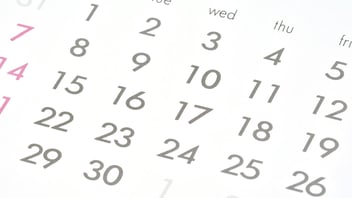
Not all cognitive training was created equal. Research suggests that to improve your memory and other cognitive functions, you need to train the specific function you're looking to improve.
So while many people complain about struggling to remember details as they age, it's likely that few people are actually working on training their ability to remember.
How do you work on improving your memory? In one large study of people 65 and older called the ACTIVE Study, memory training focused on improving what's called "verbal episodic memory." Episodic memory helps you retrieve information about past events and experiences that you can remember at will, like where you left your shoes. Verbal episodic memory focuses on words and language attached to memories. Verbal episodic memory helps you remember a list of words, like your grocery list or a favorite poem. Your brain's hippocampus and temporal lobe are important to the functioning of this type of memory.
In the ACTIVE Study, memory training focused on improving verbal episodic memory through a few different strategies. These included categorization, visualization strategies, visualizations of familiar spatial environments, and types of text recall like story mnemonics and sentence mnemonics.
How can you apply this type of training in your day-to-day? Here are two strategies for you to try:
1. Pick one new number to memorize a week.
Remembering numbers requires mental visualization. Make it personal so you can actually use this information. Try memorizing:
- Your credit card number.
- Your driver's license number.
- Your license plate number.
- Your bank account number.
- Your best friend's phone number (or another phone number you don't have memorized).
2. Next, try memorizing lines of text.
You can use visualization, or mnemonics. (Mnemonics are strategies to help you remember words. One way is to remember the first letter of each word. You've probably heard of "ROY G. BIV." This is an example of a mnemonic for the colors of the rainbow: red, orange, yellow, green, blue, indigo, and violet.)
- Your favorite poem.
- A quote from your favorite author.
- Your favorite meditation.
- Your favorite recipe word-for-word.
Have fun with your brain training! Remember that in addition to cognitive training, incorporating other lifestyle changes like improving your diet, exercising, reducing stress, and getting adequate sleep are the best cocktail for memory health.
References:
- Rebok, G. W., Langbaum, J. B. S., Jones, R. N., Gross, A. L., Parisi, J. M., Spira, A. P., Kueider, A. M., Petras, H., & Brandt, J. (2013). Memory Training in the ACTIVE Study: How Much is Needed and Who Benefits? _Journal of Aging and Health_, _25_(8_suppl), 21S-42S. doi: https://doi.org/10.1177/089826...




